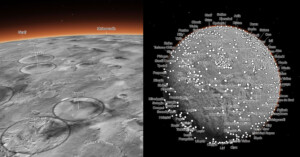
Scientists Have Created a Huge 5.7-Terapixel Global Image of Mars
A group at Caltech's Bruce Murray Laboratory for Planetary Visualization has unveiled a 5.7-terapixel global image of Mars.

A group at Caltech's Bruce Murray Laboratory for Planetary Visualization has unveiled a 5.7-terapixel global image of Mars.
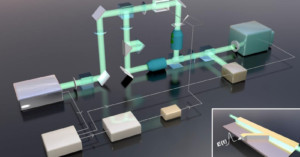
Scientists at the California Institute of Technology (Caltech) have developed a super-fast camera that is capable of recording footage of the electrical impulses that travel through nerve cells.
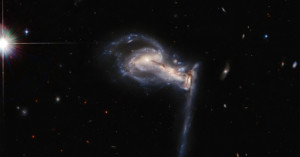
NASA has published a spectacular image that was photographed by the Hubble Space Telescope that shows what the space organization describes as a three-way tug-of-war between interacting galaxies.
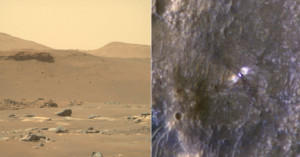
The Mars Perseverance Rover has been sharing thousands of images since it landed on the surface of the Red Planet on February 18. This past week, the rover sent back a few landscape photos of its position taken by its MastCam-Z, juxtaposed with an aerial view from orbit.
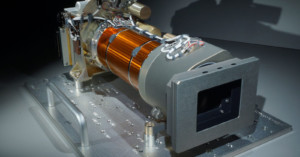
The Mars Perseverance Rover, which already has sent back some incredible images from the Red Planet, is equipped with 23 cameras designed for a host of tasks. Its main camera array is particularly impressive, able to see details as small as a tip of a pencil close by, and the size of an almond from a football field away in 3D.
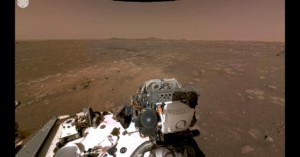
Last week, NASA's Mars Rover Perseverence landed safely on the Red Planet. After sending back a few initial images, NASA has followed up with a stunning 360-degree interactive photo that lets you get a full view of the area around the rover.
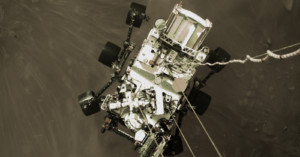
NASA's Perseverance has been on the surface of the Red Planet for about a day now and is already sending back images that are far superior to the original two published yesterday, including one photo of the drone midair captured from its "jetpack."
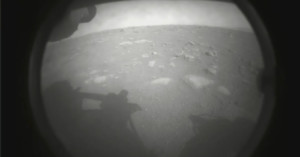
Yesterday, NASA's latest Mars Rover Perseverance safely touched down on the Red Planet and sent back its first images of the surface. The view is from one of the rover's hazard avoidance cameras and is partially obscured by a dust cover.

Earlier this year, Caltech's Lihong Wang showed off a camera that could shoot 70 trillion frames per second – that's fast enough to watch light travel. His most recent creation, however, goes a step further. While "only" 100 billion frames per second, it shoots in three dimensions.
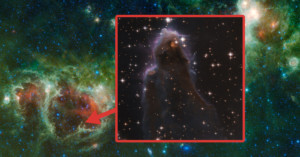
In just one relatively small "bulge" of the Soul Nebula (also known as Westerhout 5) in the constellation of Cassiopeia, the Hubble Space Telescope has captured an image of a star that is still being born.
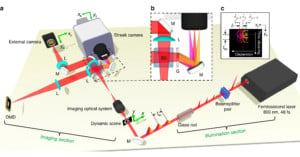
A team of researchers at Caltech have developed (yet another) camera capable of capturing over a trillion images every second. The previous "world's fastest camera" could shoot 10 trillion fps; the new camera can capture up to 70 trillion, smashing the previous record.
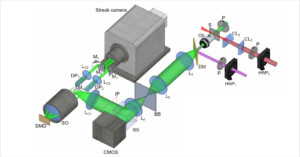
We crossed the 1 trillion frames-per-second barrier a while back, but a group of Caltech scientists just made another leap. Their new camera doesn't just shoot up to 1 trillion fps, it can do it while capturing transparent objects like neurons and invisible phenomena like shockwaves.
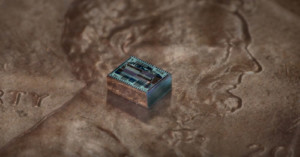
The brainiacs at Caltech have produced something really cool: an imaging chip that produces an image from light sensors... without lenses. It's a chip that could be the birth of the future of photography.